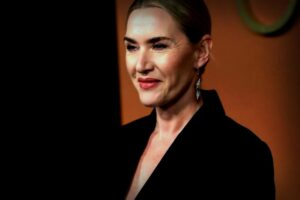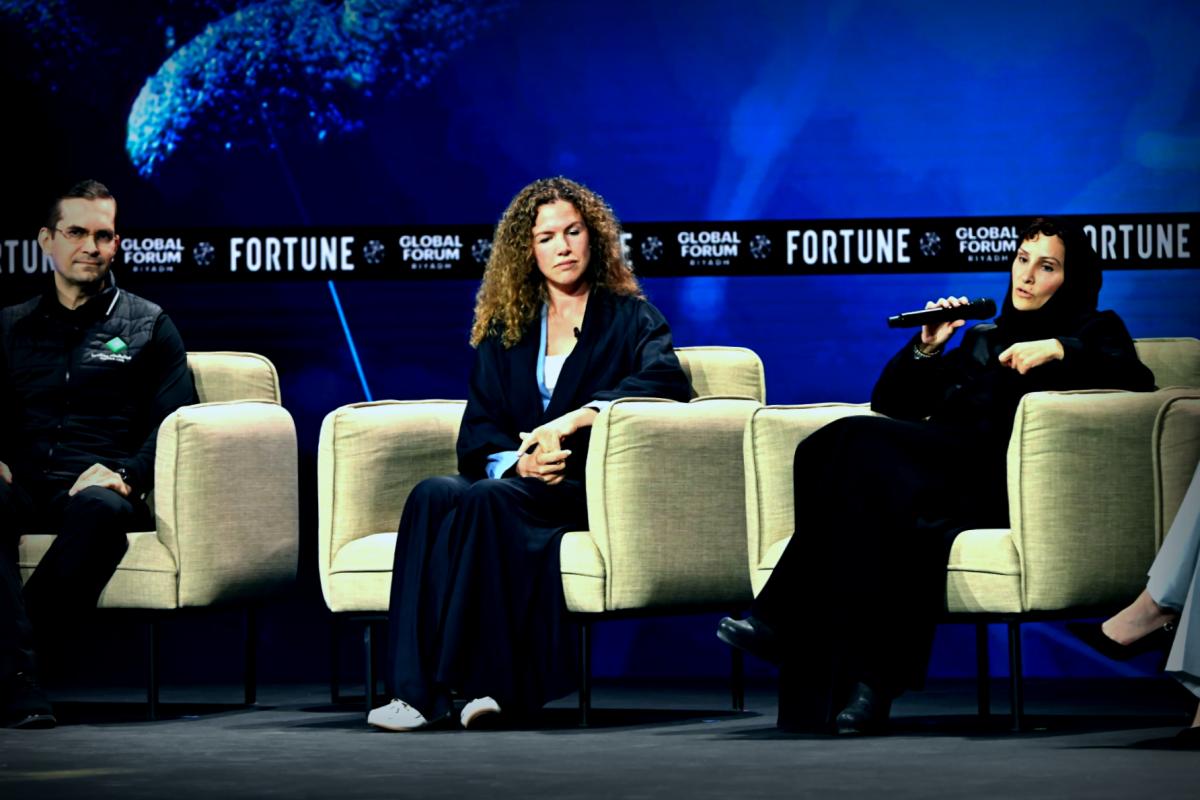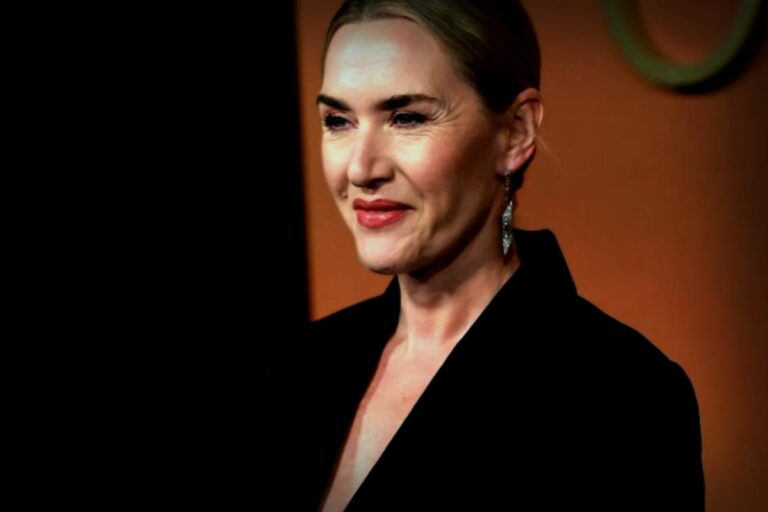The quest for longer and healthier lives is getting a serious lift from AI technology. However, like many AI innovations, one of the biggest hurdles we face is a shortage of data.
During this week’s Fortune Global Forum in Riyadh, experts highlighted the limitations in aging science, pointing out that we still don’t fully understand how cells and organs age, especially considering factors like gender, ethnicity, and environment.
According to HRH Princess Dr. Haya bint Khaled bin Bandar Al Saud, senior vice president of research at Hevolution Foundation, a nonprofit focused on aging research, “Data is everything. We need a more comprehensive collection of biological, demographic, and epidemiological data.” But current health care practices don’t cast a wide enough net to gather this information.
Dr. Haya noted, “Screening usually engages people when they’re older. Our goal is to grasp the biology of aging so we can intervene as early as possible. We need to be clear: aging can start pretty young; it’s not just something that happens when you hit 60.”
Hevolution is taking an active role by collaborating with scientists and biotech companies to propel drug discoveries aimed at promoting health during aging and ensuring consumers gain fast access to these findings.
Lots of labs are now using AI to speed up drug discovery. Alex Zhavoronkov, founder and CEO of Insilico Medicine, revealed he’s working on 30 AI-driven projects designed for their “dual purpose” to tackle diseases and aging simultaneously.
“We’re on the lookout for protein targets and medications that not only address specific diseases but can also combat aging,” Zhavoronkov explained. He emphasized that the first AI-developed drug to receive approval for a disease treatment and to show real aging reversal in clinical trials will mark a major scientific breakthrough.
“There’s substantial reason to believe we’re nearing significant discoveries in aging research,” he added. While it may not lead to overnight miracles, he foresees dramatic changes within the next two decades.
Sophie Smith, founder and CEO of NABTA Health, stressed that large language AI models have incredible potential in unlocking vital insights in aging research. However, she pointed out the urgency of addressing the remaining “data gaps.”
Smith noted that up until 1993, clinical trials were predominantly composed of male subjects. Today, most take place in Europe and the U.S., meaning that females from Middle Eastern, South Asian, and African backgrounds are woefully underrepresented. Currently, less than 1% of trial participants fit these demographics.
This issue is particularly concerning in aging research, given that aging manifests differently across genders. Smith stated that the prevailing assumption suggests that someone reaching the age of 80 could expect to have 60 healthy years with the remaining spent in health decline—however, this largely applies to men. For women, hormonal fluctuations and diagnostic delays often mean they experience a significant period of ill health, spending around 60% of their lives in less-than-ideal conditions.
Thus, pathways in aging research should pivot towards the notion that for women, the goal isn’t just to prolong life but to enhance its quality.
This article was featured originally on Fortune.com.




















